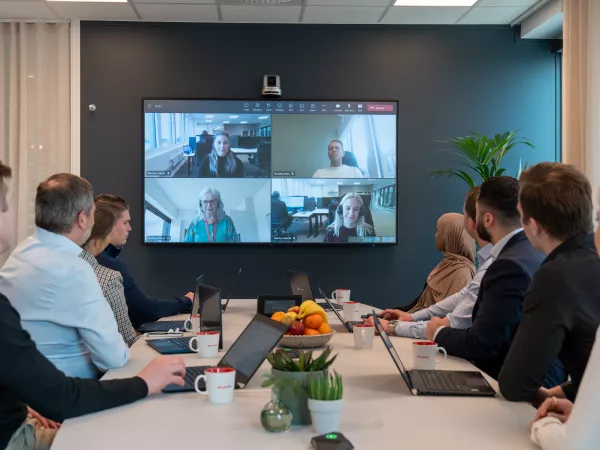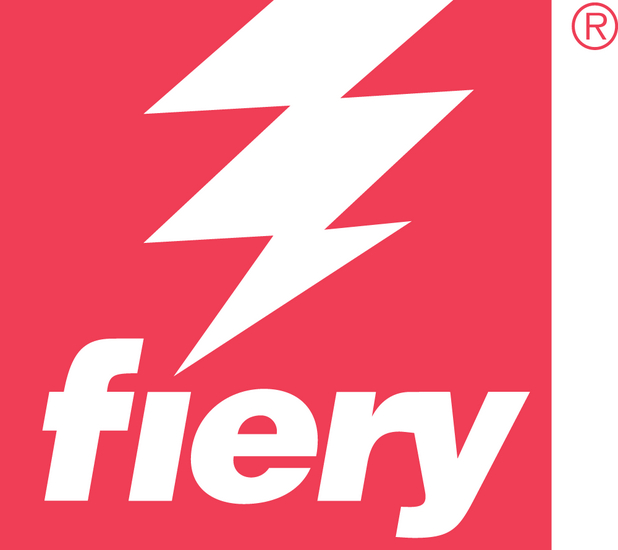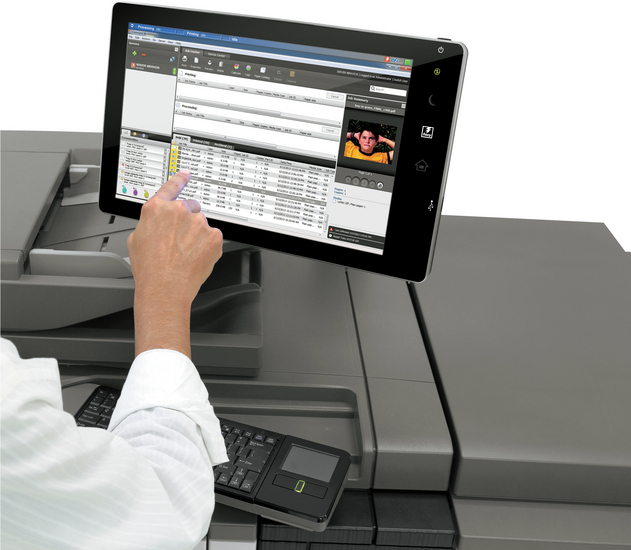EFI Fiery Compose
Fiery® Compose provides Fiery with an advanced preview and editing environment. Its wide range of sophisticated document composition tools and advanced WYSIWYG user interface improve document verification, speed up composition, and enable less experienced operators to perform complex document functions.
Since Compose launches from Fiery Command WorkStation 5, it’s flexible enough to run on a desktop or locally at the Fiery using Sharp touchscreen.
In addition, sophisticated tools with familiar Fiery-inspired user interfaces reduce training requirements and increase the operator’s resource base.
From a single, integrated window, operators manage tabs, specify mixed media and apply multiple finishing requirements within a document set, taking advantage of the fully automated digital printing process to produce finished documents with minimal operator intervention.
Integration with the Paper Catalogue’s centralised paper warehouse database also makes it intuitive for operators to apply media specifications on a per-page or chapter basis and improves paper management across the entire production environment.
Users can drag and drop files from the desktop and selected pages from jobs anywhere on the network or from the Fiery job list.
Operators can use a unique working space for all document layout tasks by adding intuitive document imposition with the Fiery Impose Option. Impose and Compose work together to simplify labour intensive document preparation activities to shorten job set up times of even the most complex jobs.
Ominaisuudet
- Total colour print control
- Powerful processing technology
- Precise production class printing
- Sophisticated document composition tools improve document verification
- Produce finished documents with minimal operator intervention





